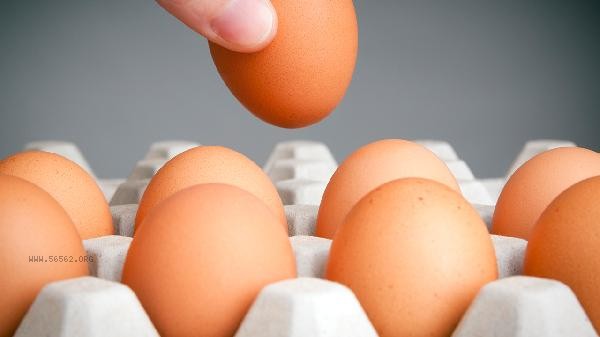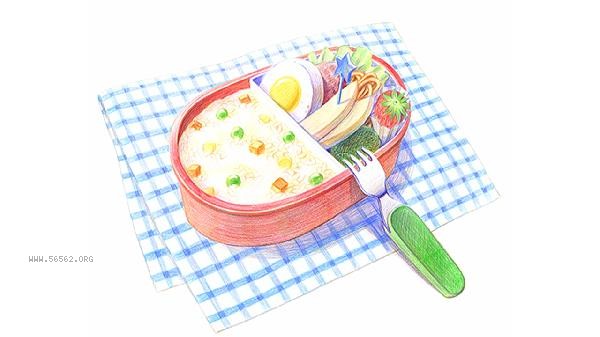The difficulty in peeling eggshells may be related to factors such as the freshness of the eggs, cooking methods, cooling methods, eggshell structure, and storage conditions.

1. Freshness of Eggs
The inner layer of the eggshell of fresh eggs is tightly attached to the protein, making it more difficult to peel off after cooking. The longer the egg is stored, the larger the internal chamber, and the weaker the adhesion between the protein and the eggshell, making it easier to peel the shell. To determine freshness, observe the surface gloss of the eggshell or test its buoyancy by placing it in water.
2. Cooking Method
Eggs boiled in boiling water can cause the protein to solidify rapidly due to sudden heating, which can easily adhere to the eggshell. Slowly heating up in cold water can evenly solidify the protein and reduce adhesion. Boiling for too long can also cause excessive protein shrinkage and increase the difficulty of peeling. It is recommended to boil the water for 8-10 minutes after boiling.
3. Cooling method
After cooking, immediately rinse with cold water to separate the eggshell from the protein through the principle of thermal expansion and contraction. But when the cooling time is insufficient or the water temperature is not low enough, residual heat may cause the protein to reattach. It is recommended to soak in ice water for more than 2 minutes and gently crack the eggshell to form gaps.

4. Eggshell Structure
Uneven eggshell thickness and calcium deposition can affect the smoothness of shell peeling. When rough and thick eggshells peel off, they are prone to carrying protein fragments, while thin shelled eggs may adhere due to water infiltration during cooking. Choosing eggs with smooth surfaces and no cracks can reduce the difficulty of operation.
5. Storage Conditions
refrigerated eggs have increased protein viscosity due to low temperature, making it more difficult to peel off the shell after direct cooking. It is recommended to take out the refrigerated eggs and let them cool down, or to use a needle to puncture a small hole at the end of the chamber before cooking to balance the internal and external air pressure. Long term exposure to dry environments can also exacerbate the difficulty of peeling eggs due to moisture loss.

When handling eggs in daily life, fresh eggs stored for 3-5 days can be selected. Before cooking, let them stand at room temperature, put them in cold water and control the heat. After cooking, quickly chill them and roll them horizontally to crack the eggshells. If batch processing is required, a small amount of baking soda can be added to change the pH of the water and soften the inner membrane. Pay attention to starting from the gas chamber end when peeling the shell, and use running water to wash and assist in separation to avoid finger burns caused by high-temperature eggs. Maintain humidity during storage to prevent blockage of eggshell pores from affecting subsequent processing.








Comments (0)
Leave a Comment
No comments yet
Be the first to share your thoughts!